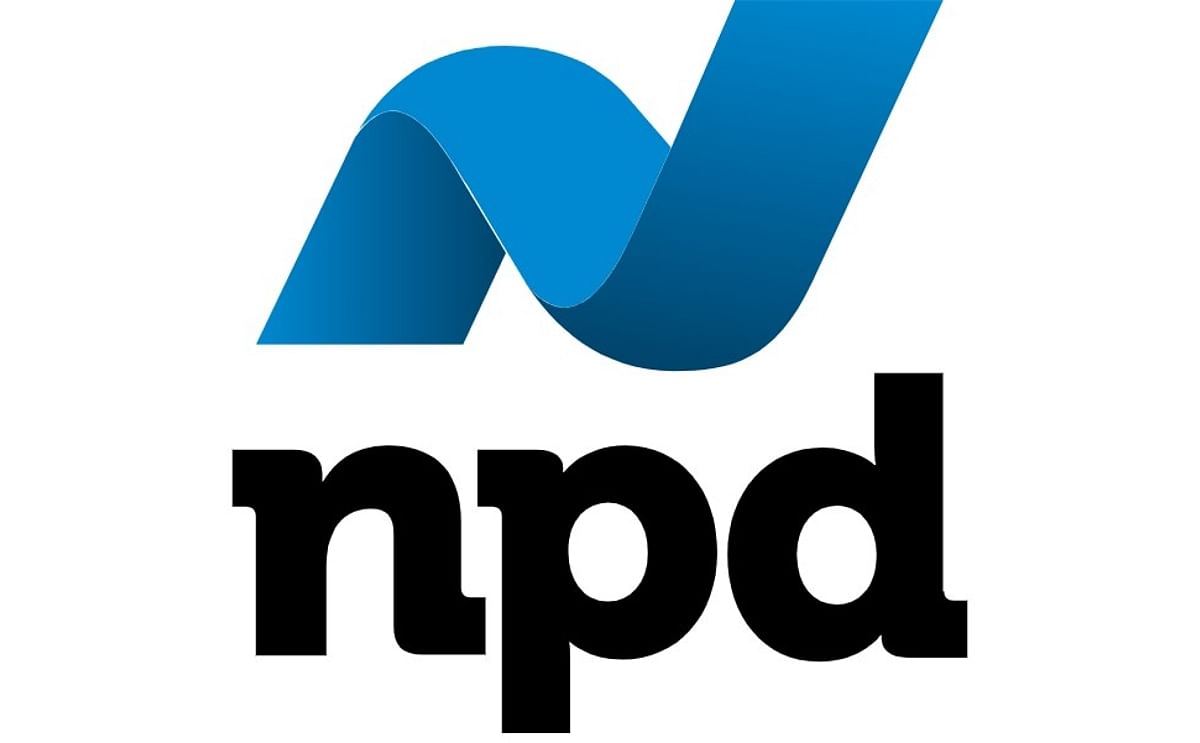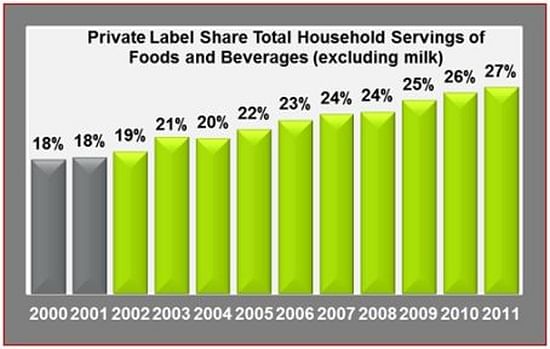Private label products still on the rise, but consumers satisfaction is decreasing
Private label products still on the rise, but consumers satisfaction is decreasing

The number of consumers using private label food and beverage products continues to rise, but U.S. consumers are losing their enthusiasm for these value-oriented options, according to a recent report by The NPD Group, a leading market research company.
NPD’s food and beverage market research report finds that private label’s share of household servings was 18 percent in 2000 and reached 27 percent in 2011. In contrast to steadily increasing usage, the satisfaction with private label foods meeting consumers’ needs has dipped from 32 percent in 2009 to 24 percent in 2012.
The increased usage of private label foods and beverages in recent years may have been more a matter of necessity as a result of the economy and higher grocery prices than deliberate intention.
According to the report entitled The Evolution of Private Label – Does Brand Name Really Matter ?, in 2009, 34 percent of adults said they intended to purchase more private label foods versus year ago, but that percentage has dropped to less than a quarter of adults in 2012. This does not mean private label products have failed to make progress over the last decade since the report finds that two-thirds of adults say store brands’ quality is much better today than it was five years ago.

Private Label Share Total Household Servings of Food and Beverages (United States, excluding Milk) Source: The NPD Group/National Eating Trends®, years ending November
The report also found that while more private label end dishes are being served, consumers’ loyalty to private label is still strongest in categories that are mostly used as ingredients. Flour and butter top the list of private label-loyal categories. On the flip side, categories where there is a stronger loyalty to name brands are very likely to display the brand to the user. Examples of these categories are frozen dinners / entrees, yogurt, and carbonated soft drinks.
“The question is if food inflation declines and at the same time the economy improves, will consumers return to the name brands they know and trust,” says Darren Seifer, NPD food and beverage industry analyst and author of the report. “This could become a reality if retailers don’t respond to declining satisfaction and if name brand manufacturers continue to aggressively build loyalty. On the flip side, name brands need to be aware that private label usage continues to increase and the quality perception is improving.”













